Children’s books can be for the curious, or the mandated. Unfortunately, elementary and middle school ages often engage in books because of the former. However, it’s those curious kids, the ones who have a basic interest in a subject and want to learn more about it, that are laying the seeds for future success at a higher level. That’s a challenging lesson to impart to younger readers for sure. Fire Escape: How Animals and Plants Survive Wildfires is a chapter book aimed at middle school readers who are smart enough to realize that fire does not always equal total devastation and that life finds a way.
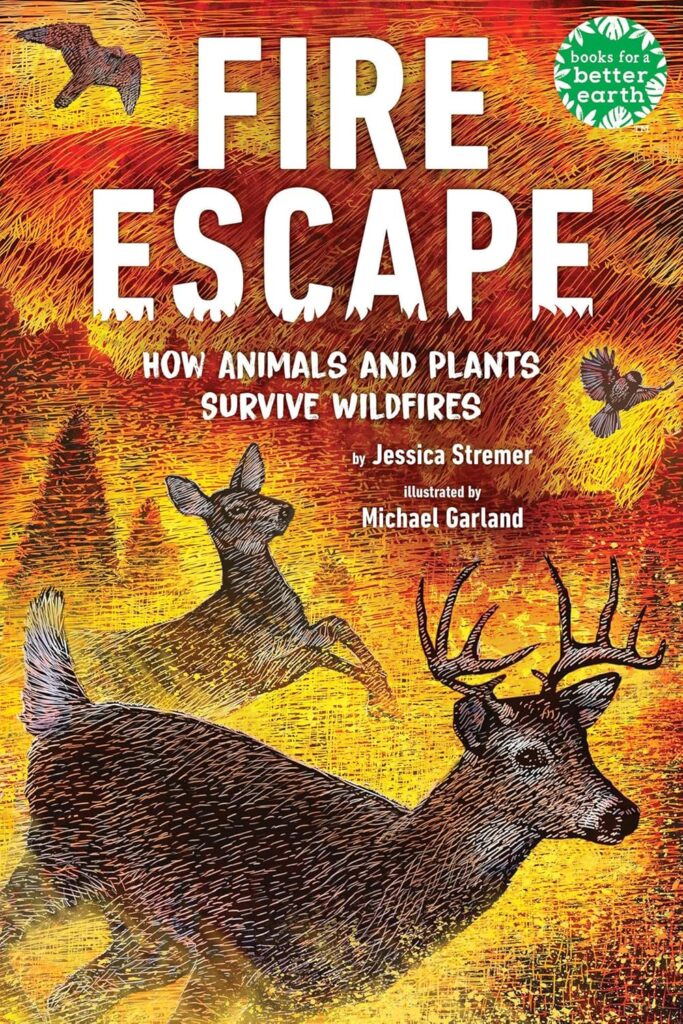

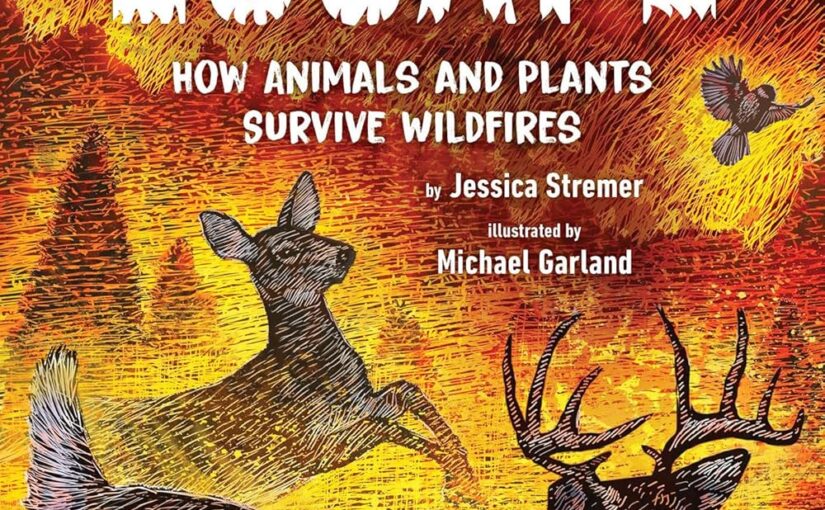
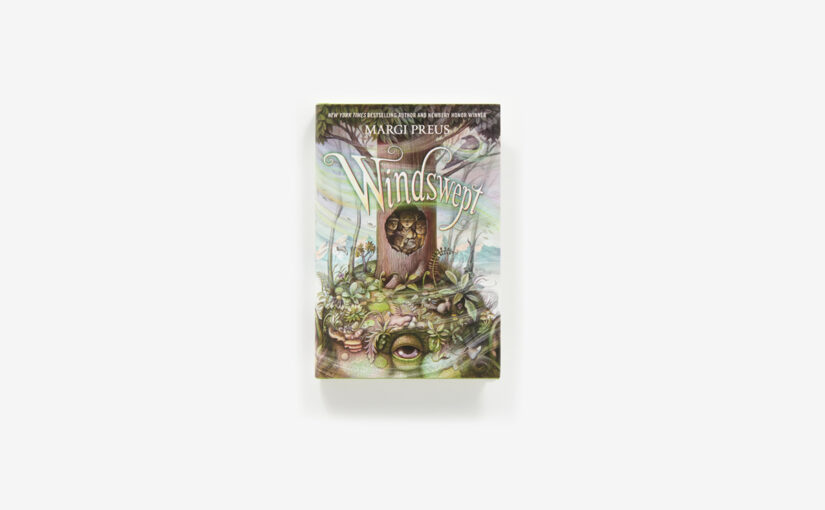
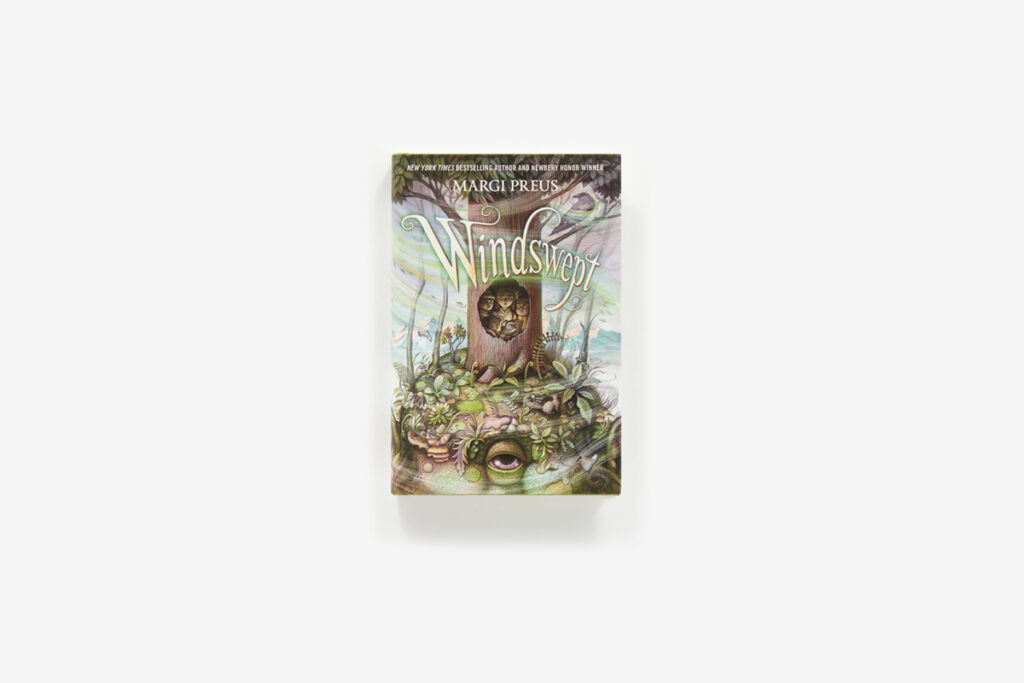
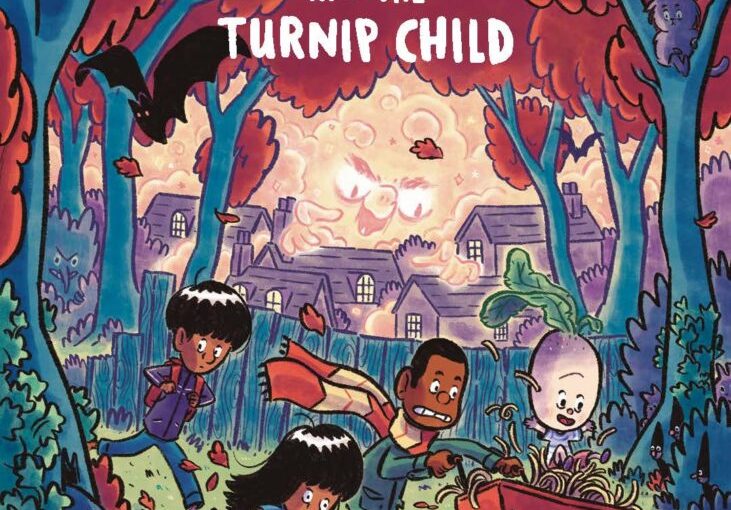
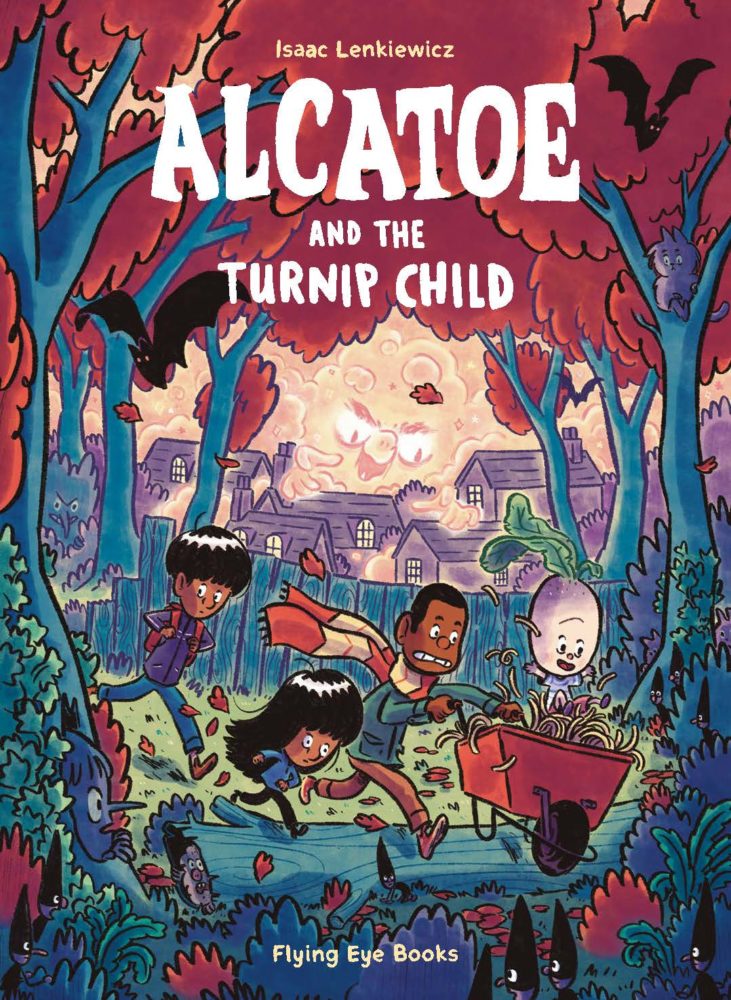
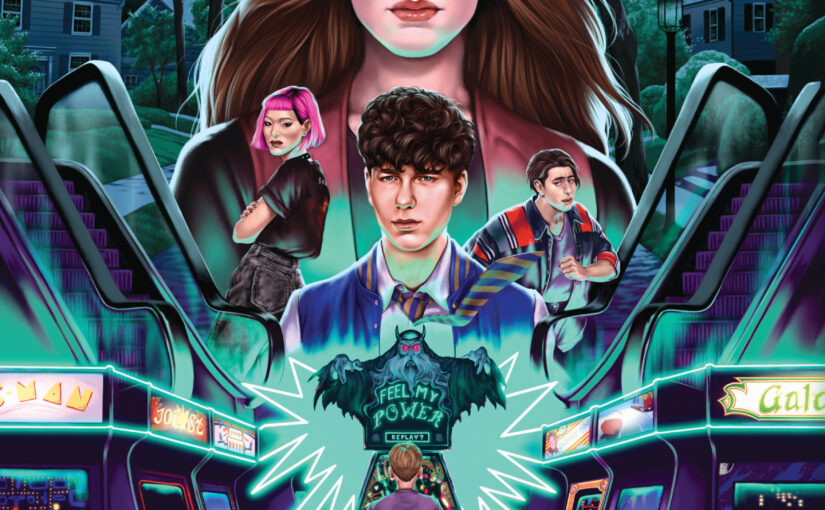
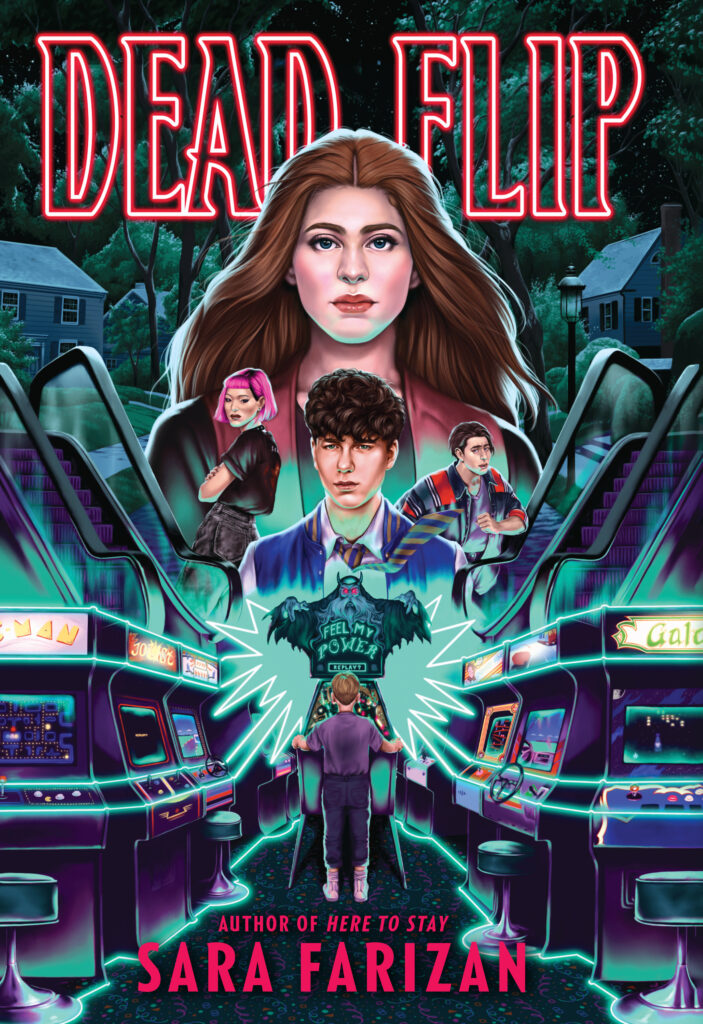
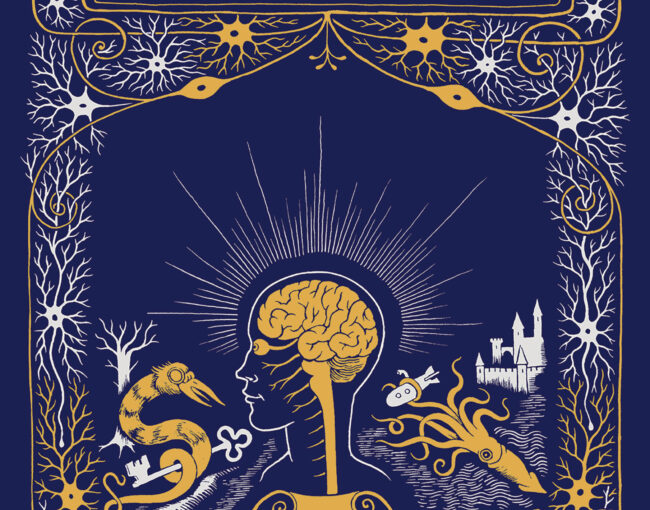
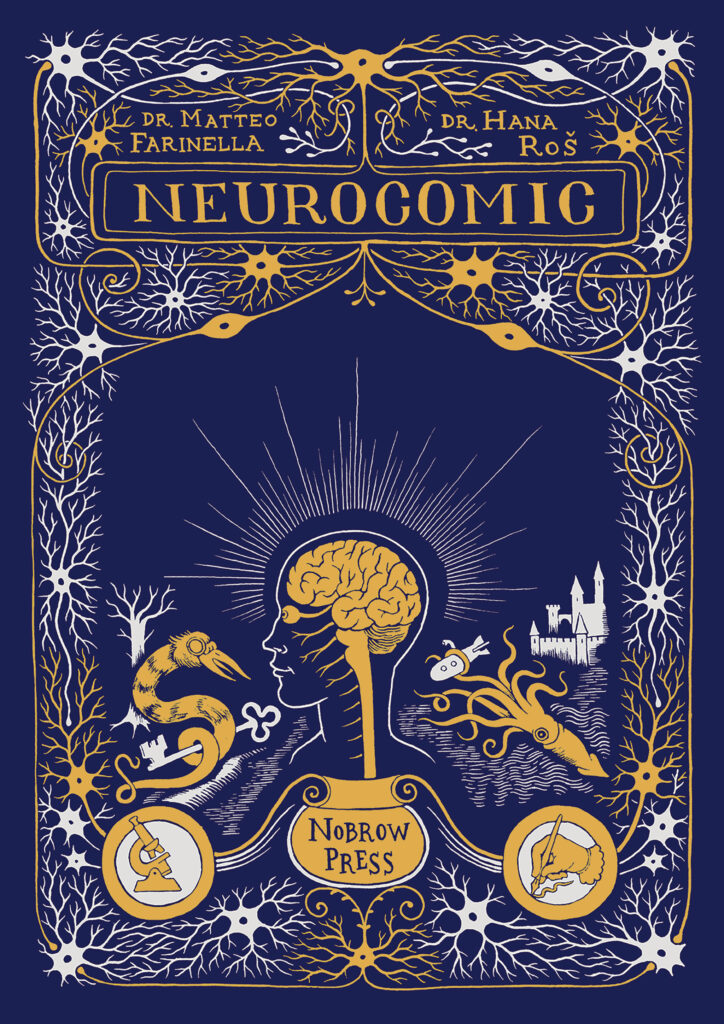
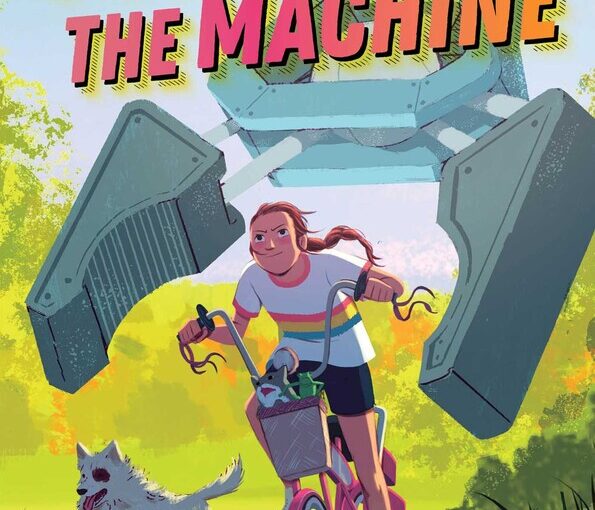
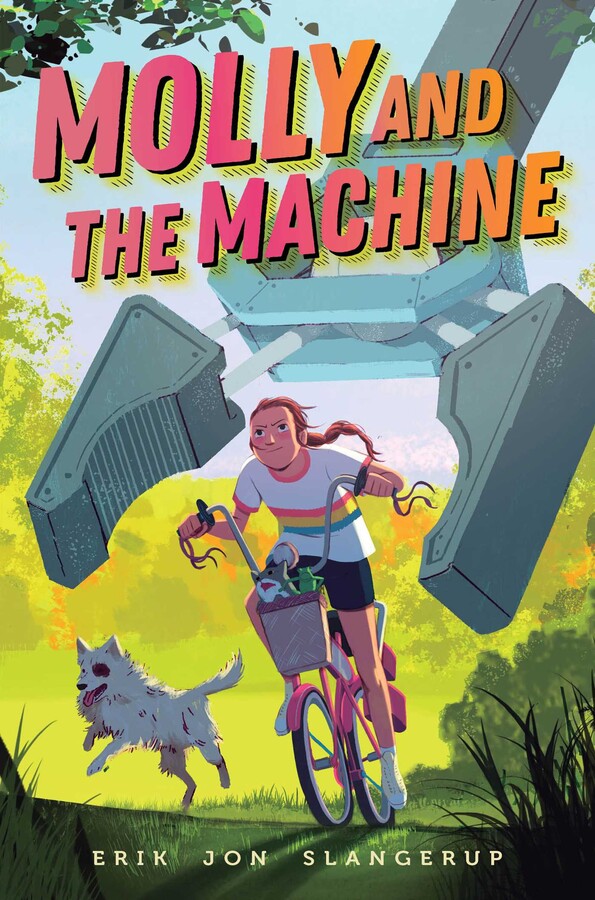
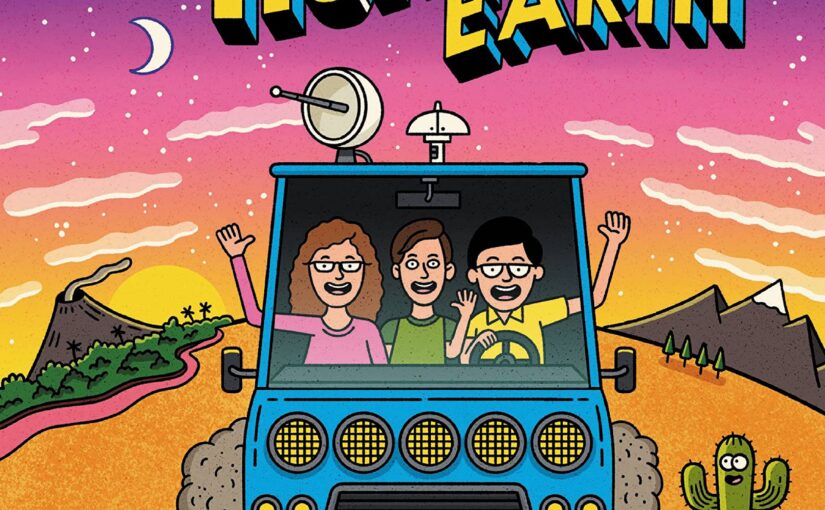
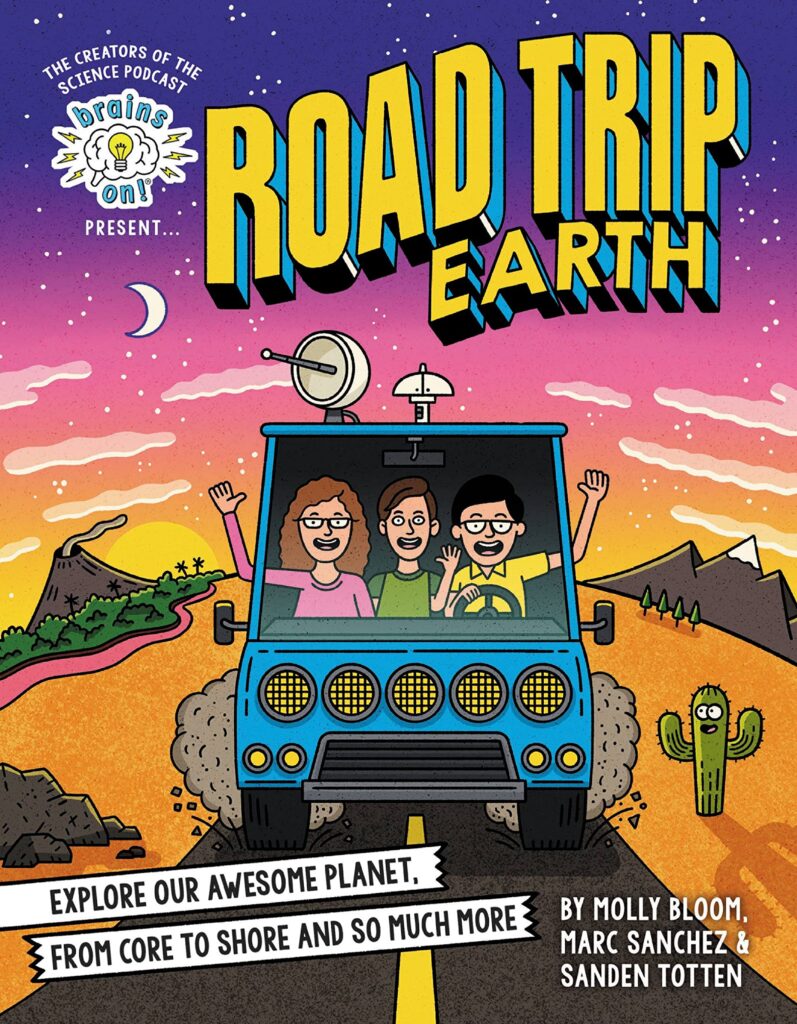
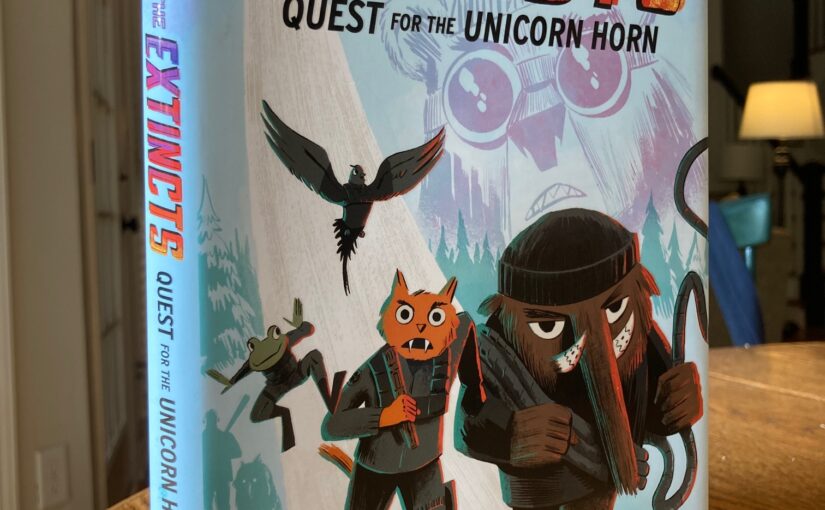
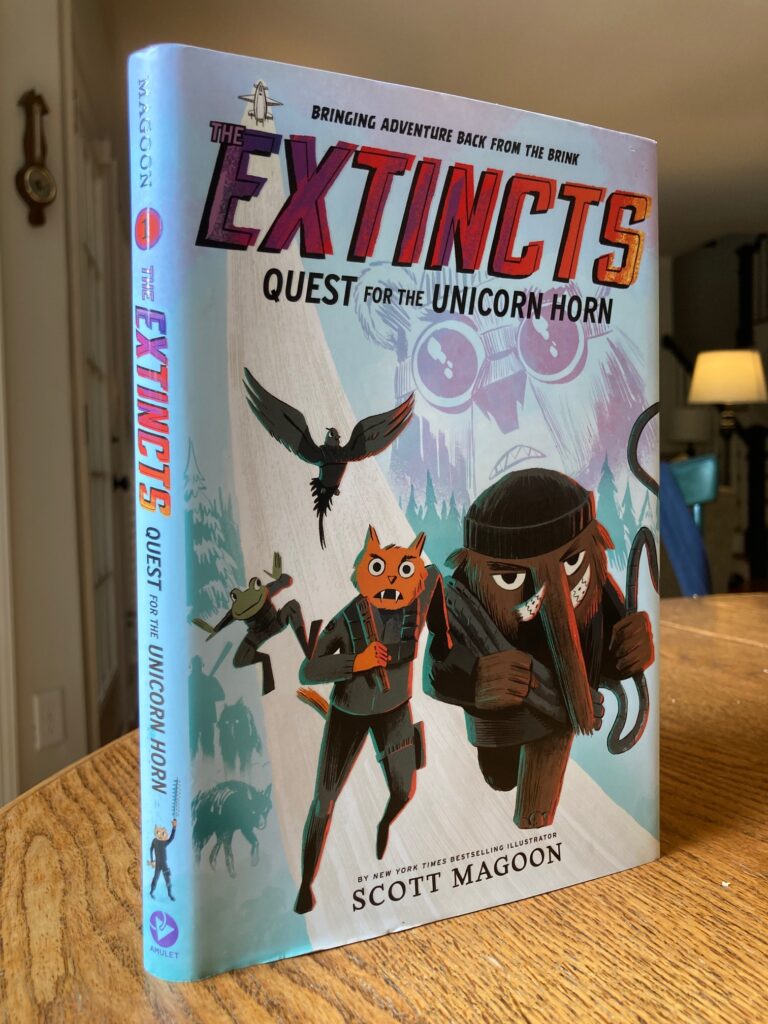


 Facebook
Facebook Twitter
Twitter Flickr
Flickr GooglePlus
GooglePlus Youtube
Youtube